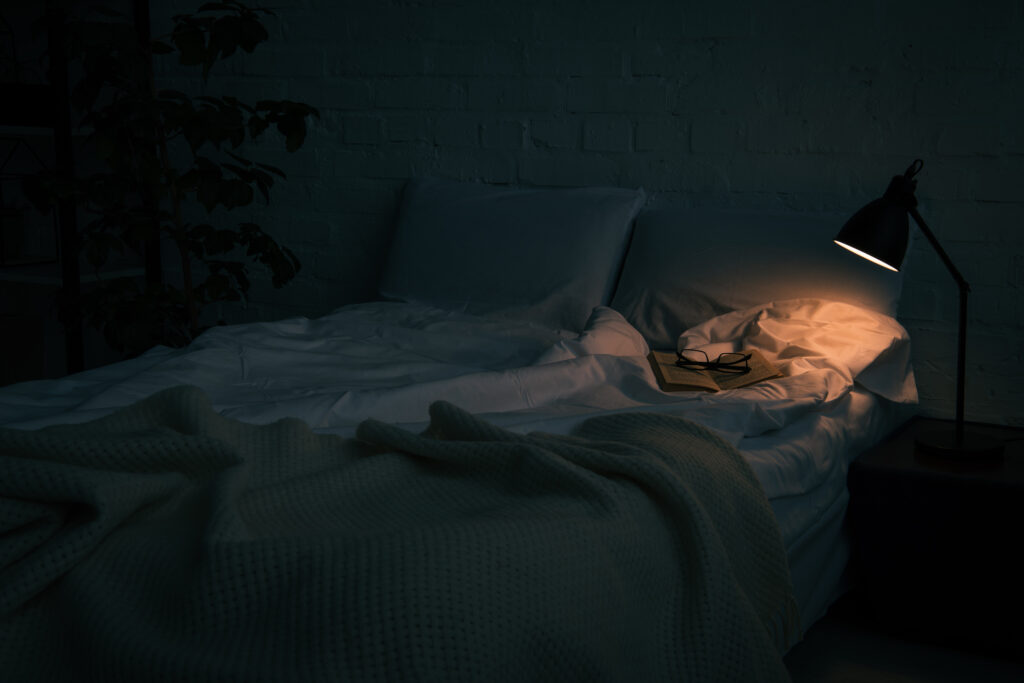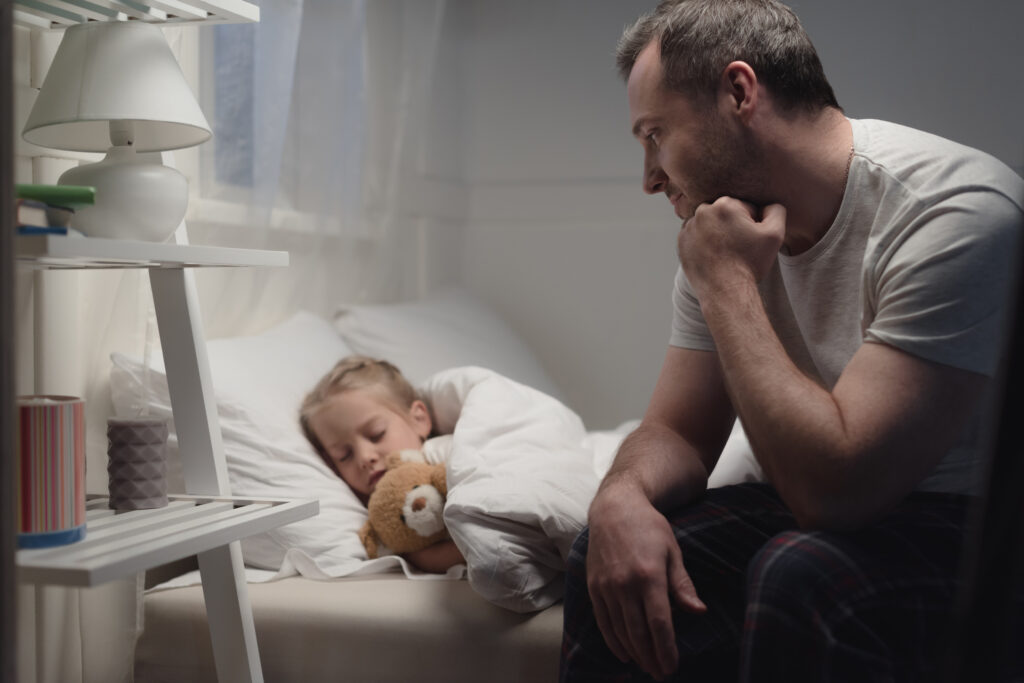Understanding Sleep Terrors
Sleep terrors, also known as night terrors, are intense episodes of fear that occur during deep sleep—often involving shouting, thrashing, or sudden awakening with no memory of the event. Explore the science behind these disruptive episodes and discover practical ways to support yourself or a loved one.
Sleep terrors are a type of parasomnia—disruptive sleep disorders that involve abnormal behavior during sleep. Unlike nightmares, which occur during REM sleep and are usually remembered, sleep terrors occur during non-REM sleep and often leave no recollection. They typically affect children but can also appear in adults, especially when stress, sleep deprivation, or medical issues are present.


Sleep terrors are most common in children aged 3 to 7 but can affect people of any age. Adults with underlying stress, sleep disorders, or mental health conditions may also experience them. While usually harmless, recurrent episodes can disturb sleep quality and may require medical attention if they persist or worsen.
Possible Causes
Several physical, emotional, and environmental factors can contribute to sleep terrors. Recognizing potential triggers is the first step toward reducing their frequency or intensity.
High stress levels or emotional distress can disrupt normal sleep cycles.
Conditions like sleep apnea or restless leg syndrome can contribute to night terrors.
DID YOU KNOW
Sleepwalking affects both children and adults, often running in families. Linked to mental health and long-term persistence, it’s more common than many realize and deserves better awareness and support.
Sleepwalkers often navigate familiar spaces without being aware.
Most episodes begin during the deepest stage of sleep.
Sleepwalking can last a few seconds—or up to 30 minutes.
It’s okay to wake a sleepwalker—they may just be a bit disoriented.
Children vs Adults
Family Connection
Experienced Doctor
Chronic Cases
EXPERTS’ POINT OF VIEW
Experts from various fields share their insights on sleepwalking, its causes, risks, and effective treatments, helping to raise awareness and improve understanding of this complex condition.
Clinical Psychologist & Sleep Researcher
Consultant Neurologist & Sleep Specialist
Sleep Medicine Specialist, Mass Eye and Ear
Clinical Psychologist & Sleep Specialist
FAQS
Explore answers to common questions about night terrors to better understand how they differ from other sleep disturbances—and what to do when they happen.
No. Nightmares occur during REM sleep and are usually remembered. Sleep terrors happen during deep non-REM sleep and are typically forgotten.
A person may suddenly sit up, scream, thrash, sweat, or appear terrified—often without fully waking up.
Yes, though more common in children, adults can also experience them, often due to stress or medical conditions.
It’s usually best not to. Gently guide them back to bed and ensure they are safe from harm.
Most cases resolve on their own. If persistent, a sleep study or therapy may help identify underlying causes.
Not necessarily. While they can be linked to stress or trauma, they often occur independently of mental health conditions.
If sleep terrors are frequent, cause injury, or disrupt daily life, consult a doctor or sleep specialist.
Stay Informed & Empowered